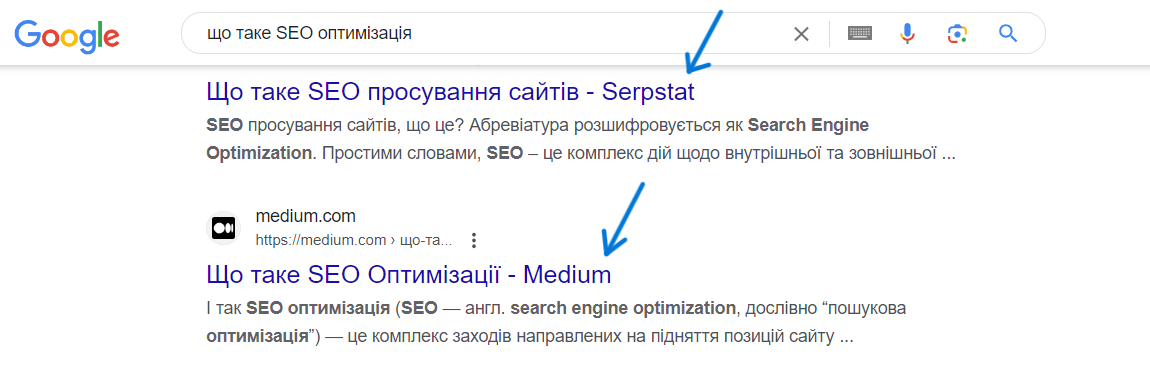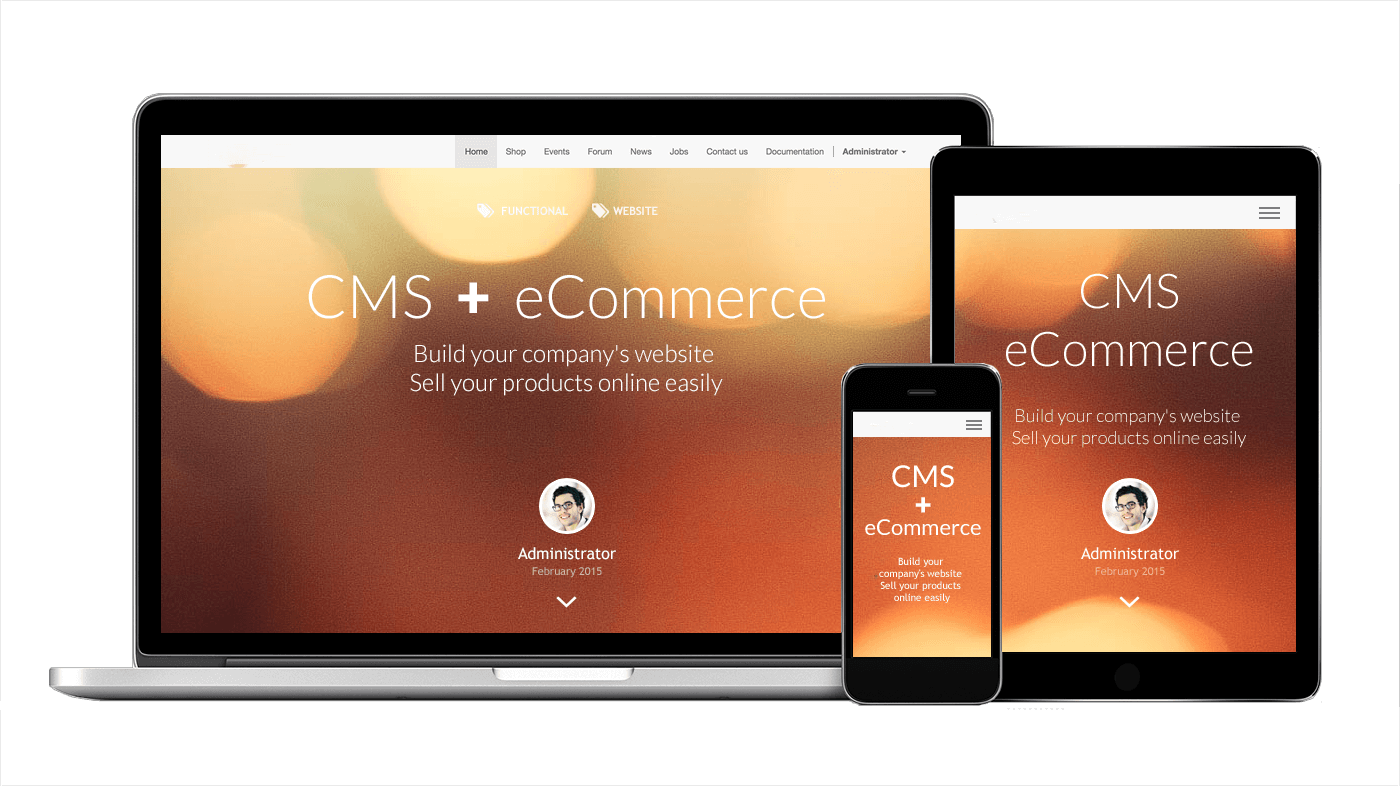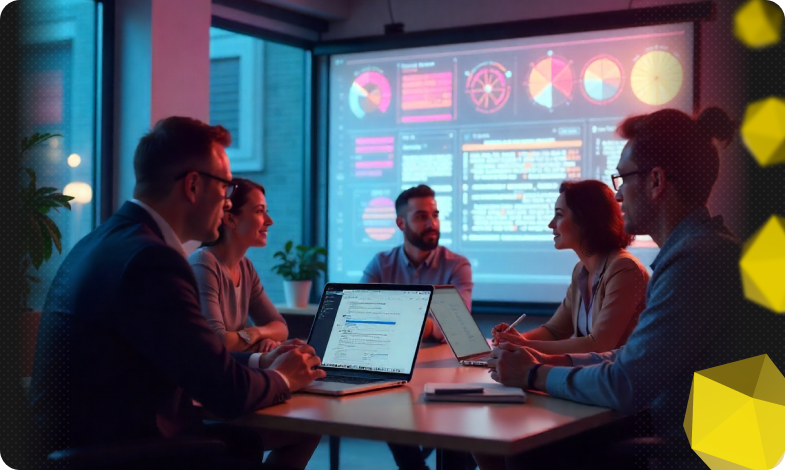Content of the article

If you have a blog on your website, you must realize the important role it plays for business. But unfortunately, most organizations don’t use the power of their blog to its full potential. A study conducted by Statista found that there are over 600 million blogs today, only 65% of them have not been updated in the last year! What follows from this? The site misses out and falls into a blind spot, because search engines prefer those blogs that attract more organics than their competitors.
In this article, we will talk about blog seo optimization and also talk about blog seo tips and tools that will increase traffic to your website.
What search engine optimization is for
Blog optimization (SEO – Search Engine Optimization) consists of certain actions, with the help of which the visibility of the site in search engines is increased. And then everything is simple: visibility improves – the number of visitors from free search increases, and then the success of the blog and, accordingly, the entire business grows.
Such promotion is one of the cheapest options, but you need patience to see the first results. All you can do is to thoroughly study the principle of how robots work and test the most effective optimization methods on yourself.
The benefits of quality blogging
The benefits that blog seo promotion can bring to your website, and therefore your business, are irreplaceable:
- blog articles increase traffic, which consequently increases the number of new users;
- by placing quality links in your articles, your search engine ranking will increase;
- material from the blog can also be posted on social media or other sources;
- articles can be filled with a variety of content: polls, statistics, photos, videos; for website traffic, they contain long-term benefits;
- Thanks to a blog, you can increase brand awareness on the Internet and get new conversions.
How to optimize your blog properly
Seo blog promotion consists of several stages, below we will look at them in detail.
- Eliminate technical errors
To successfully promote your blog in search engines, you need to take the time and pay attention to technical optimization. To find out what you need to improve your blog in this regard, check these components:
- Site load speed. The longer the site takes to load, the lower the probability that it will occupy the top positions in the rendition.
- Duplicate pages. The reason for the appearance of improper indexing of the site may be the presence of the same information on several addresses.
- Presence of “broken” links. These should not be present at all, otherwise customers will not be able to get the information they are looking for in time.
- Layout correctness. Any blog page should display correctly on any type of device, and the code should be free of syntax errors.
- Correctness of instructions in the robots.txt file. This file directs search robots to the necessary pages for indexing, and “service” closes. Therefore, if there are errors in the instructions, everything will happen in reverse.
- Optimize your headlines and Title tag
Blog optimization provides for the presence of headlines in articles, because the headline is the first thing that users see. Therefore, it should arouse interest and necessarily correspond to the content of the text. Do not forget about the Title tag.
Title is the first data that a search robot sees when scanning a page, so it should contain the most accurate and concise description of the article. Optimizing tags will increase the number of users on your site. Title should convey the content not of the whole blog, but of a specific page and it is better that its length does not exceed 60 characters, so that search engines do not shorten it.

You see, the title of the page comes first, and then the name of the blog itself. That is, if your blog is about traveling in general, and a particular article is dedicated to a certain country, the title of the topic should be displayed in the title bar, not the subject of the blog.
- Find the keywords
The first thing you need to find out is what your target audience is interested in and select keywords. This is necessary in order to find the necessary words or phrases and then mark them in the text prepared for SEO.
There are a total of three types of keys that can help in blog seo optimization:
- High-frequency queries. These are considered keywords for which an average of one hundred thousand search queries per month. These words will increase traffic on the site, but they are common and should not be focused on them – quite a lot of competition.
- Medium-frequency queries. They are searched for no more than a thousand times a month. It is easier to promote the site on them than on the previous ones.
- Low Frequency. In this case, less than a hundred impressions per month. More precise keyword or phrase, targeting customers with industry-specific queries. They do not bring a lot of traffic, but have low competition and bounce rate.
When selecting keys, consider points such as:
Search volumes – the number of searches for relevant keys. A tool such as Serpstat can help you measure it.
Trends – shows interest by region, similar topics and trends over time. You can view this information using Google Trends. We have described how to use this service in detail in this article.
Difficulty – you can assess whether it is difficult to rank for a particular key. To do this, use the Ahrefs service.
- Apply internal links
Internal links allow search engines and users to navigate through a site when they are looking for information. Search engines follow these links to find more content on the same domain and rank it in the search engine results. Using links to other relevant information in your domain helps users find more content on a topic.
There are these types of internal links:
- These are links to other blog articles that are related to the topic under discussion. Such links are needed to help users find more information and establish a correlation between the pages of the site.
- These links link web pages, helping customers navigate between pages such as the footer menu and the main menu bar.
- Optimize visual elements
Articles without visual elements can drive away readers. Therefore, images play quite an important role in SEO for a blog. Diagrams, pictures, photos and videos that illustrate the article help to convey the idea better and attract users’ attention more. Images should fit the content of the post so that they don’t confuse the readers. So, you need to make sure that such content is also useful and carries its value. Visual elements come in these types:
- Photos and images. To make your article unique, use original images. In addition, you can optimize them to increase the site’s ranking.
- With their help, you can easily show users how to do something on your own example. To draw people’s attention to something important, you can circle, underline or indicate it with an arrow on the screenshot.
- Using a diagram, you can visualize a particular process or concept.
- By adding a video to an article, you can increase the time readers spend on your site. You can also use it to link the post to another blog channel.
- Adapt your site for all types of devices
Reading a blog should be convenient everywhere – on your computer, tablet and phone. Nowadays, smartphones are used by most people, so algorithms encourage sites that display well on all types of devices.

- Update articles
Updating material improves audience loyalty and retention, as people always want fresh information. In addition, when updating, you can optimize seo in the blog. Yes and writing a new article takes more time than updating an existing one. This method helps alert the search engine to crawl your site and save the information. Google’s algorithm includes the aspect of content freshness. The search engine regularly replaces old pages at the top of the search results page with updated content.
- Pay attention to meta tags
With meta tags, users see a summary of the article directly in the output. These are the HTML elements that attract organics to your website. Even though search engines automatically generate a snippet from the first 160 characters of your article, we still recommend manually adding a meta description to optimize your blog. Also search engines see the keys in the search bar from the tags, this helps improve traffic even if it doesn’t contribute much to ranking. The meta description should definitely be unique. And remember, everything in the article should be on the same topic. If search engines consider that the description does not match the content, they may not use it at all.
To summarize
Applying SEO attracts users’ attention to your blog, increases organic traffic and improves search engine positions. In this article, we talked about how to promote your blog properly and shared different optimization methods, from eliminating technical errors to creating meta descriptions. Don’t forget that the length of an article has no effect on its ranking. But at the same time, the majority of quality and the most highly rated articles consist of 800-2000 words, because it is impossible to create a good and useful material from just a few hundred words. And remember that the main task is to create such content that will please not only your readers, but also search engines.






 29/08/2023
29/08/2023  3719
3719



